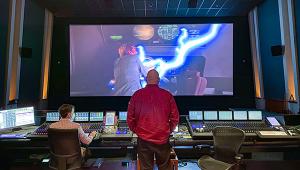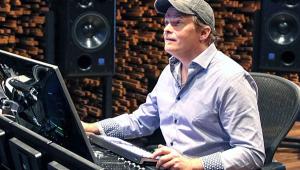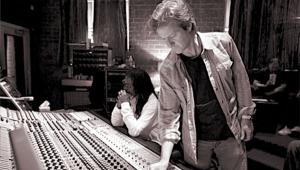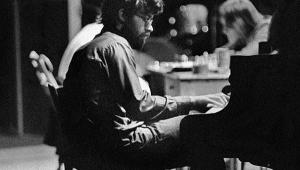Greg P. Russell Elevates Transformers
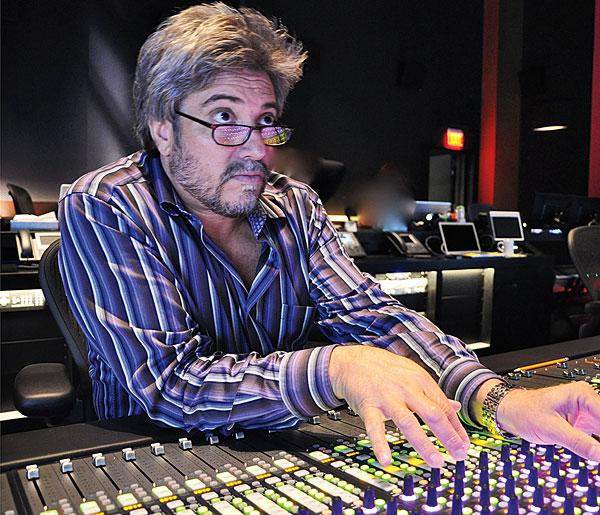
CC: You supervised the home theater mix for Transformers: Age of Extinction, as well as the theatrical mix, both in Dolby Atmos?
GPR: Yes, this was our first native Atmos mix. This was an incredibly exciting project to bring to the cinema in Dolby Atmos, and now into the home.
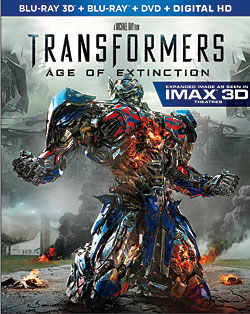 CC: What are the different challenges of mixing a movie for theatrical presentation in Dolby Atmos versus a home Atmos mix?
CC: What are the different challenges of mixing a movie for theatrical presentation in Dolby Atmos versus a home Atmos mix?
GPR: The challenges of mixing a Transformers film in any format is trying to improve upon what we’ve delivered in the past. Michael Bay is always pushing the limits of technology with every film he does. [Later in the process], we took our 7.1 stems and objects for dialogue, music, and sound effects and mastered the home theater Atmos in a smaller environment, making slight adjustments to accommodate the smaller speakers.
CC: How different is Dolby Atmos compared to how you’re used to working?
GPR: The biggest difference is the object-based content, that we can now pan sound anywhere in the theater to a specific speaker, including the ceiling speakers. We still mix the film as a 7.1 mix with the added object sounds panning anywhere we want.
CC: What can you achieve with Atmos that you can’t with traditional channel-based mixing?
GPR: I’ve mixed sequences that might have thunder or rain, or something might be happening above the characters, and we would put that in the surrounds. Now we can put the sounds straight up in the ceiling speakers. Plus, with Dolby Atmos, the surround speakers are full-range, so they can handle low-frequency information they couldn’t before.
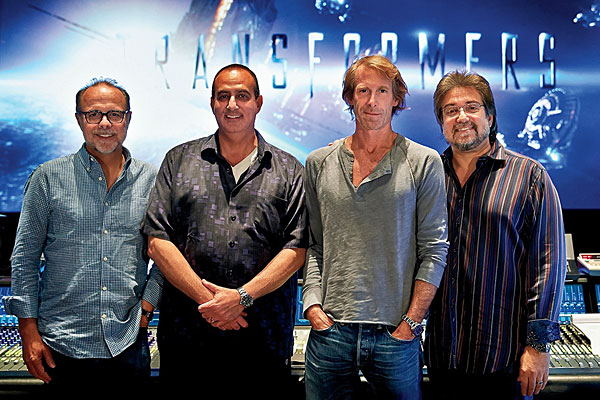
CC: What particular moments really demonstrate that object-oriented approach?
GPR: The cast walks out onto these cables stretched from Lockdown’s spaceship across to some buildings, and the camera goes under them, and one by one each cable is panned as an object right over your head! And later, when the spaceship is sucking up everything metal, we put in these oscillating, throbbing tones and panned them from the walls to the ceiling and back down to create an upward motion that truly feels like you’re being sucked up with everything else. The additional low end with the bass management in the ceiling gives it a sense of power we could never do before.
MORE FROM S&V's DOLBY ATMOS SPECIAL
Atmos, Here: Sound & Vision's First Foray Into Object-Based Sound

